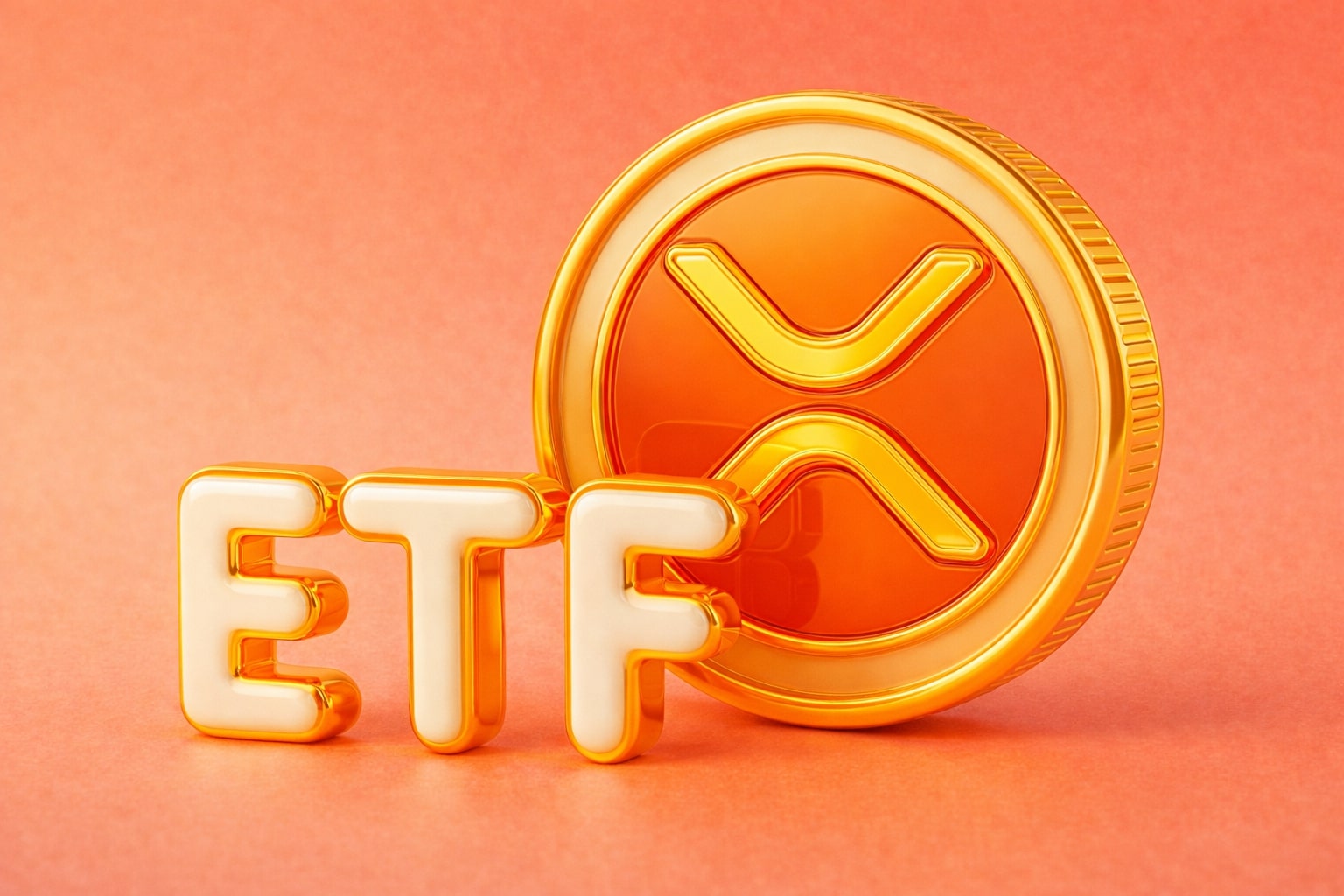
Bitcoin's Future: From Historical Patterns to Tech Synergies
A deep dive into the catalysts shaping Bitcoin's trajectory: examining historical data, technology influences, and market shifts | That's TradingNEWS
Factors Influencing Bitcoin's Market Movement
Bitcoin's Current Price Dynamics
Bitcoin recently witnessed a marginal increase in its price, registering almost 2% growth in the last 24 hours, positioning its value at $26,193. Despite this, the weekly gain remains modest, sitting under 1%. Crucially, Bitcoin's $25,000 support level remains intact, demonstrating resilience amidst market pressures. However, since August 29, any substantial bullish efforts have been counteracted by heavy sell-offs.
Ethereum's Market Stance
Parallelly, Ethereum seems tethered in a similar price stasis. An influx of sizeable transactions on Coinbase (NASDAQ:COIN) might drive short-term trading volume spikes.
Insights from Long-Term Bitcoin Holders
Glassnode's data offers an optimistic forecast for Bitcoin's extended growth. An impressive 40.53% of all Bitcoins remain unmoved in their addresses for a minimum of three years, and under 30% for over five years. This behavior indicates a solid confidence in the cryptocurrency, even amidst market fluctuations.
Effects of Weather on Cryptocurrency Mining
Uniquely, meteorological conditions, typically impacting agricultural commodities, have now started to influence cryptocurrency mining. Marathon Digital Holdings (NASDAQ:MARA) logged a 9% month-on-month drop in mining activities due to Texas's intense heat. However, the daily output reflects an upward trajectory, leaping from 5.9 BTC to 34.3 BTC YoY.
September's Historical Impact on Bitcoin
Historically, September has rarely been Bitcoin's month, with the cryptocurrency showing negative returns nine times over the past thirteen years. A concerning data point from CryptoQuant reveals that trading volume in mid-August plummeted to 112,317 BTC, levels unseen since November 2018. Comparatively, March's peak trading volume soared to 3.5 million BTC, underscoring a significant trading activity contraction. Such patterns frequently precede market downturns and hint at retail investors pulling back.
Analyzing Bitcoin's Key Price Thresholds
The $25,000 mark remains a pivotal support level for Bitcoin. The currency has been consolidating around this value for approximately three weeks, resisting any significant shifts.
CryptoCon's Bitcoin Price Model
CryptoCon's “November 28th Cycles Theory” suggests that Bitcoin might experience a "mid cycle lull" before embarking on a bull run in late 2024, with the next significant peak anticipated in 2025. This theory emphasizes November 28 as a critical cyclic event for Bitcoin's price trajectory, positing a "bull run launch" every four years around this date.
Advancements in Ethereum Ecosystem
Zero-knowledge (ZK) proof solutions have been instrumental in scaling Ethereum. With proto-danksharding (EIP-4844), the cost of rollups could drop tenfold. Linea, as described by Nicolas Liochon from Consensys' zkEVM, offers transactions that are 15 times cheaper than Ethereum's layer 1. EIP-4844 aims to further reduce these costs, introducing data blocks that would be deleted after a specific period, drastically curtailing transaction expenses.
Bitcoin Exchange Activities and Market Responses
After a substantial 8% surge in Bitcoin's price on August 29, largely attributed to Grayscale's legal victory over the SEC regarding a Bitcoin spot ETF, Bitcoin traders have been migrating their assets to exchanges. Over the succeeding fortnight, Bitcoin's price reverted from $28,000 to sub-$26,000 levels. Analyst Ali Martinez suggests that if Bitcoin manages to sustain above the $26,800 benchmark, we might witness a price spike toward $28,000.
Bitcoin's Outlook for Year-End Despite prevailing bearish market sentiments and Bitcoin undergoing a correction, several indicators hint at potential positive price movements by year-end.
- The Anticipated Bitcoin Halving: Scheduled for mid-April, past halvings have traditionally catalyzed significant bull runs. The upcoming halving will halve block rewards to 3.125 BTC, potentially driving demand and consequently, price.
- Spot Bitcoin ETFs: Major players like BlackRock, Fidelity, and VanEck have initiated applications for these ETFs. SEC's upcoming decision in mid-October is keenly awaited, with an approval potentially propelling Bitcoin's price.
- Institutional Investment and Regulatory Changes: Prominent financial institutions remain optimistic about Bitcoin's future prospects. Intensifying regulatory frameworks, while a contentious topic, could eventually bolster top cryptocurrencies' values.
- Artificial Intelligence's Influence: AI's potential convergence with Bitcoin could revolutionize company structures, driving cost efficiencies and enhancing productivity. This synergy could be instrumental in determining Bitcoin's future price trajectory.
Bitcoin's Future: A Deep Dive into Catalysts and Concerns
Bitcoin Halving: A Historical Catalyst
Bitcoin halvings have been significant events in the cryptocurrency's timeline. Scheduled for mid-April, the next halving will reduce block rewards to 3.125 BTC. Historically, such halvings have been precursors to substantial bull runs. In simple terms, the reduction in Bitcoin's supply, assuming demand remains constant or increases, could drive up the price. For context, past halvings in 2012 and 2016 led to price appreciations, catching the attention of both retail and institutional investors.
Spot Bitcoin ETFs: Game-Changers on the Horizon
Exchange Traded Funds (ETFs) can be transformative for assets. They offer broader exposure, simplifying the investment process for many who might otherwise find it complex to invest in a specific asset directly. Major financial giants such as BlackRock, Fidelity, and VanEck have recognized this potential and have lodged applications for Bitcoin ETFs. The U.S. Securities and Exchange Commission (SEC) is expected to decide on these in mid-October. A favorable decision could open the floodgates for mainstream investors, thus providing a boost to Bitcoin's liquidity and potentially its price.
Institutional Investment and the Regulatory Landscape
The winds of change are blowing in the financial sector. Prominent institutions, once skeptical, have warmed up to Bitcoin and are now bullish about its future. Their optimism isn't unfounded. Historically, institutional interest has played a role in asset legitimization, and Bitcoin seems to be on a similar path. However, the regulatory landscape is evolving. While regulations often receive mixed reactions, a well-framed regulatory framework can enhance investor trust, providing a safety net against market manipulations. By eliminating uncertainties, tighter regulations can thus underpin and even amplify the value of top-tier cryptocurrencies like Bitcoin.
AI's Intersection with Bitcoin: A New Age Synergy
The role of technology in reshaping industries cannot be overstated. One such technological marvel, Artificial Intelligence (AI), is poised to redefine several sectors, and Bitcoin could be among them. AI's convergence with Bitcoin can be transformative. By integrating AI, businesses can achieve better cost efficiencies, enhance productivity, and make transaction processes more seamless than ever. This AI and Bitcoin synergy has the potential not only to innovate company infrastructures but also to play a pivotal role in determining Bitcoin's future price dynamics.
That's TradingNEWS
Read More
-
UCO ETF Price Forecast: Can NYSEARCA:UCO at $18.57 Ride a 2026 Oil Squeeze?
18.12.2025 · TradingNEWS ArchiveStocks
-
XRPI at $10.50 and XRPR at $14.93 Hit XRP ETF Lows While XRP-USD Holds $1.84 After 30 Days of Inflows
18.12.2025 · TradingNEWS ArchiveCrypto
-
Natural Gas Price Forecast: Henry Hub Holds Around $4 as EIA Draw Hits 167 Bcf
18.12.2025 · TradingNEWS ArchiveCommodities
-
USD/JPY Price Forecast: Pair Holds Above 155 As BoJ And US CPI Set Up A Major Break
18.12.2025 · TradingNEWS ArchiveForex

















